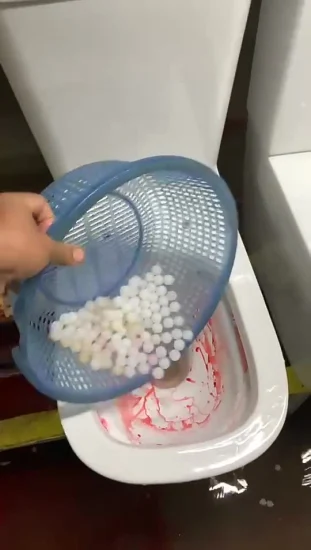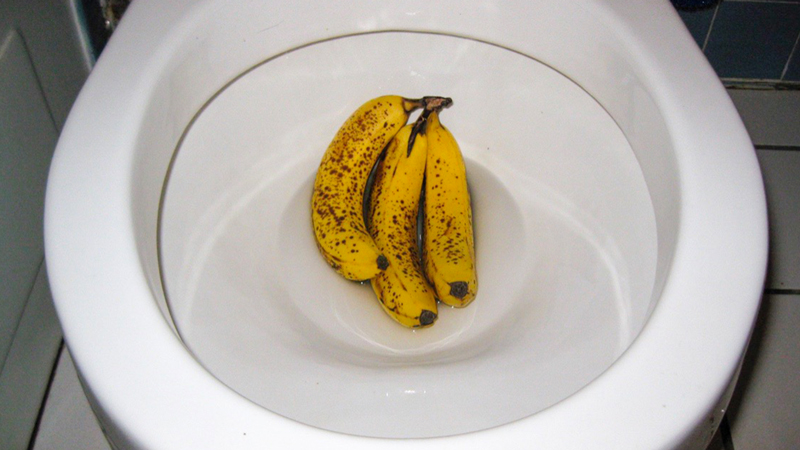This post down below on the subject of Is it safe to flush food (especially rice) down the toilet? is especially captivating. Read it for yourself and figure out what you think of it.

Intro
Many individuals are typically faced with the dilemma of what to do with food waste, especially when it concerns leftovers or scraps. One common concern that occurs is whether it's alright to flush food down the commode. In this post, we'll explore the reasons why individuals may consider flushing food, the effects of doing so, and alternate methods for correct disposal.
Reasons individuals might take into consideration flushing food
Absence of awareness
Some individuals might not be aware of the prospective injury caused by flushing food down the bathroom. They may erroneously think that it's a safe practice.
Benefit
Flushing food down the toilet might look like a quick and easy service to disposing of undesirable scraps, especially when there's no neighboring garbage can readily available.
Idleness
Sometimes, people might simply select to flush food out of sheer idleness, without considering the effects of their actions.
Consequences of flushing food down the commode
Ecological impact
Food waste that ends up in rivers can add to air pollution and harm marine environments. In addition, the water made use of to purge food can stress water sources.
Pipes concerns
Purging food can cause clogged pipes and drains pipes, creating costly plumbing repair work and aggravations.
Types of food that need to not be purged
Coarse foods
Foods with fibrous textures such as celery or corn husks can get entangled in pipes and create obstructions.
Starchy foods
Starchy foods like pasta and rice can soak up water and swell, bring about obstructions in pipes.
Oils and fats
Greasy foods like bacon or food preparation oils must never ever be flushed down the bathroom as they can solidify and create blockages.
Proper disposal techniques for food waste
Using a garbage disposal
For homes equipped with waste disposal unit, food scraps can be ground up and purged through the pipes system. Nonetheless, not all foods are suitable for disposal in this way.
Recycling
Particular food product packaging products can be reused, reducing waste and lessening environmental effect.
Composting
Composting is an environment-friendly method to deal with food waste. Organic materials can be composted and used to enrich dirt for gardening.
The significance of proper waste monitoring
Lowering ecological harm
Correct waste administration methods, such as composting and recycling, help decrease contamination and preserve natural deposits for future generations.
Safeguarding pipes systems
By avoiding the practice of flushing food down the bathroom, homeowners can stop pricey pipes repairs and maintain the honesty of their pipes systems.
Conclusion
Finally, while it might be alluring to purge food down the toilet for ease, it is very important to comprehend the possible effects of this activity. By embracing proper waste management practices and taking care of food waste sensibly, individuals can add to healthier pipes systems and a cleaner environment for all.
FLUSH FOOD DOWN THE TOILET?
FLUSHING FOOD CAN CAUSE BLOCKED DRAINS IN YOUR HOME
All of the plumbing fixtures in your home are connected to the same sewer pipe outside of your home. This outdoor sewer pipe is responsible for transporting all the wastewater from your home to the Council sewer mains. Even small pieces of food that go down the kitchen sink can cause problems for your sewer. It should therefore be obvious that flushing larger bits of food, such as meat, risks a clog in either the toilet itself or the sewer pipes. Flushing greasy food is even more problematic because oil coagulates when it cools, coating the interior lining of your pipes.
THE TOILET IS NOT A BIN
Food isn’t the only thing that people shouldn’t be flushing down the toilet. People use the toilet to dispose of all kinds of things such as tampons, makeup wipes, dental floss, kitty litter and even underwear. Water goes to great lengths to educate residents about the high costs and stress placed on wastewater treatment systems simply from people flushing the wrong stuff down the toilet. It costs taxpayers millions of dollars each year, and homeowners thousands in blocked drain repairs.
FLUSHING FOOD IS A WASTE OF WATER
Flushing food is a waste of our most precious resource - water. In June this year Level 1 water restrictions were introduced to protect water supply from drought conditions. Much of New South Wales continues to be affected by prolonged drought with recent figures revealing up to 97 per cent of the state remains in drought. Depending on whether you have a single or dual flush toilet, every single flush uses between five and 11 litres of water. In the current climate this is a huge amount of water to be wasting on flushing food that should be placed in the bin (or better yet, the compost).
https://www.jabplumbingsolutions.com.au/blog/can-you-flush-food-down-the-toilet

I am very serious about and I'm hoping you enjoyed reading the new entry. Those who appreciated our blog posting if you please don't forget to share it. Thanks so much for taking the time to read it.
Click Here